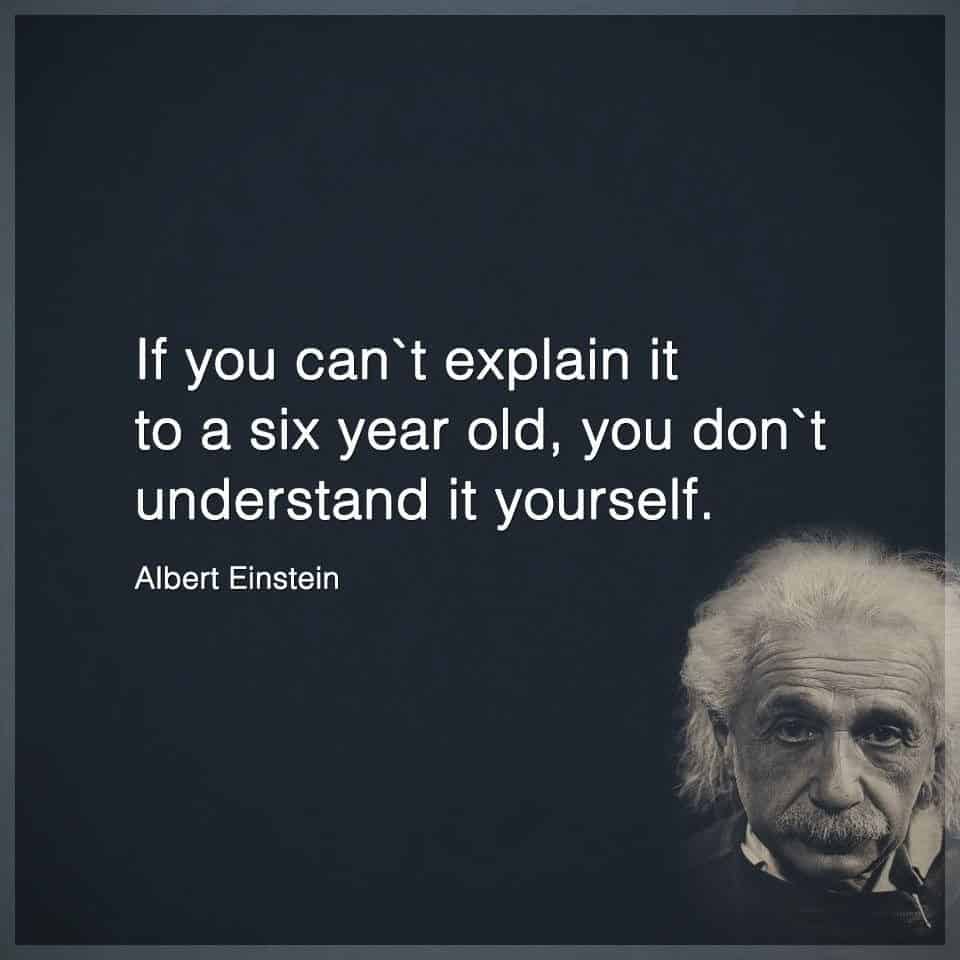In a new study, researchers reveal that our sense of taste comes from overlapping and spatially distributed neurons in the brain.
Previously, scientists believed that our taste sensations came from a map with hot spots in the brain’s gustatory cortex. However, the new research shows that the neural responses governing taste do not involve specialized populations of neurons. The findings have been published in Current Biology on November 12, 2020.
Facts about the sense of taste
We generally experience four types of tastes: sweet, sour, salty, and bitter. However, experts believe a fifth flavor perception exists as well, called umami. In Japanese, this word means savory or delicious and describes any food high in glutamate. Soy sauce, tomatoes, seaweed, cheeses, meats, seafood, and mushrooms all fall into this category.
- Japanese researchers have found umami receptors not only on the tongue but in the gut as well. Their role in digestion remains unknown.
- Everyone has a different number of taste buds, but the average range is from 2,000 to 10,000. We don’t just taste with our tongue, either; these sensory receptors occur in the esophagus, throat, and sinus cavities.
- Taste and smell are interconnected; this explains why you can’t taste well when you have a cold or allergy.
- Scientists used to think that only certain areas of the tongue could pick up on different flavors. However, they’ve found that the five receptors exist all over the tongue.
- About 15 to 25 percent of Americans are known as supertasters, those who have a heightened sense of taste.
- The back of your tongue is more sensitive to bitter sensations, perhaps as an evolutionary precaution against poisonous foods.
- Taste buds die and regrow approximately every ten to twelve days.
- Your senses come from your brain. Flavor signals run from the mouth, via cranial nerves, to the medulla oblongata in the brainstem. From there, they go to the thalamus and then to the gustatory cortex, where you perceive the sensation. By becoming aware of the taste, you can decide to either swallow the food or spit out something that could harm you.
Study about how our brain decodes taste
Previous studies cited that a map exists in the gustatory cortex, which governs our perception of taste. However, experts have come up with a new controversial theory about how we decode tastes. They say that this simple map of flavors, or “hot spots” of neurons, doesn’t exist in animals’ cortex. Rather, Stony Brook researchers’ study says that spatially localized clusters of neurons lead to a perception of different tastes.
However, early imaging experiments found evidence that seemed to lean toward the theory of spatially localized clusters of neurons. These clusters of taste buds formed a map of tastes, which sent signals of either sweet, bitter, salty, or savory to the cortex. According to this theory, when one cluster became activated by a specific flavor, it would correspond to a certain brain sensation.
In the new study, experts debunk this theory and provide evidence of overlapping and spatially distributed neurons.
“Our experiments demonstrate there is not a map with hot spots in the gustatory cortex of behaving animals,” says Alfredo Fontanini, MD, Ph.D., lead investigator and Chair of the Department of Neurobiology and Behavior in the College of Arts and Sciences and Renaissance School of Medicine at Stony Brook University. “Instead, each taste is represented by spatially distributed ensembles of neurons sprinkled across the cortex. Neurons can represent one or many taste sensations and form what is called an ensemble code. Basically, neurons act very much like instruments in an orchestra playing different notes, forming a chord.”
Experiment on the sense of taste in mice
The researchers tested their theory repeatedly in mice, offering them various flavors through a small spout. They wanted to see how the neurons in their brain would respond to different sensations. They used calcium imaging on alert mice to analyze how to taste and task-related variables react. During the experiments, they collected data on how neurons in the gustatory cortex responded to different tastes. Not surprisingly, they found that some neurons responded to a single taste, and others to many sensations.
When they analyzed the distribution of responses over multiple spatial scales, they found that the sense distributes evenly across the cortex. They observed no signs of spatial clustering or maps of hot spots corresponding with specific flavors.
“Our findings are important because they address one of the basic organizing principles of brain function,” explains Dr. Fontanini. “Topographical maps are a pervasive feature of brain organization. Demonstrating that the spatial organization of taste responses is not as simple as previously believed makes us re-evaluate the neurobiological processes underlying taste perception and taste-related brain functions.”
The data collected in this groundbreaking study shows that our sense of taste gets distributed evenly in the gustatory cortex. Certain tastes don’t correspond with specific areas of the cortex; rather, the sensations come from spatially distributed neurons. This coding scheme differs from the brain organization of auditory, visual, and somatosensory systems. However, the olfactory system works similarly to the gustatory process.
Final thoughts on the new study that shows how we decode taste
Neurobiologists have recently discovered that our sense of flavor doesn’t come from certain areas of the cortex. Rather, when we eat something, neurons throughout the cortex respond to the sensation. Previously, scientists believed that only certain neurons became activated when they perceived a specific taste. However, new research reveals that the distribution of neurons occurs in an overlapping and spatial pattern.
When we eat, we perceive the taste on our tongue, but it really occurs within our brain. The neurons fire so quickly that it seems like all of the sensations happen in our mouths, however. This research shows the intricacy and precision of the human body and that we still have so much left to learn!
















 Community
Community

